The 10 Coolest Flash Storage Products Of 2013 (So Far)
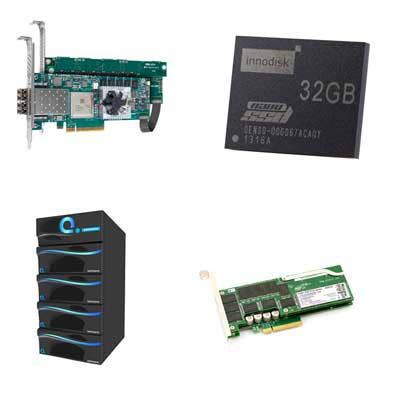
Beefing Up Storage With The Performance Of Flash
Flash storage has become the "in" technology of 2013, with new types of flash and SSD technology increasingly embedded in servers as well as storage and mobile devices and with most major vendors offering or planning to offer all-flash storage arrays.
Meanwhile, several storage vendors have focused their energies on developing software that takes advantage of flash technology to increase performance of existing applications.
And there's more to come. The second half of 2013 is expected to see EMC ship its first XtremIO all-flash storage array and NetApp ship its first array's based on its FlashRay all-flash
For a look at the wide range of flash storage technologies coming to market, just turn the page.
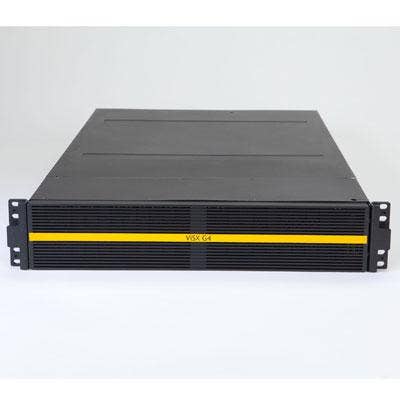
Astute Networks: Expanding Flash Performance To SMEs, SMBs
San Diego-based Astute Networks in April expanded its ViSX family of performance storage appliances with a new MLC flash option targeting small to medium enterprises and SMBs.
The newest version of ViSX now expands to 45.6 TB of raw capacity within a single 2U enclosure. When deployed with ViSX Performance Dedupe, the effective capacity can exceed over 250 TB. New flash storage modules are available in 400-GB, 800-GB and 1.9-TB capacities that can be mixed and matched within the same appliance.
Performance is enhanced via the company's 10-GbE DataPump Engine and Networked Flash architecture. Customers can choose MLC or more durable eMLC flash technology. When combined with the ViSX Performance Dedupe facility, a ViSX appliance can be acquired for less than $2 per GB.
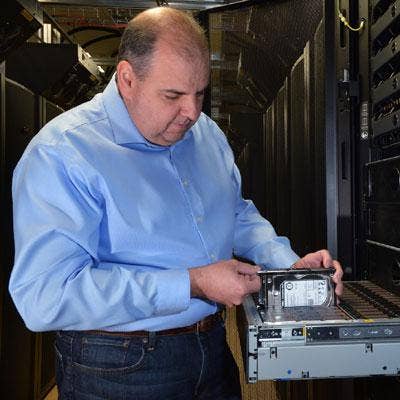
Dell: New Multi-level Twist To Flash Cache
Dell in June introduced the Compellent Storage Center 6.4, an updated version of the Compellent architecture designed for dramatic performance gains over Storage Center 6.3, Fine said.
New with Compellent Storage Center 6.4 is an enhancement to its Data Progression tiering software that now includes a tiered flash storage layer. While Compellent has had high-performance SLC flash technology for a while, the cache is now being extended with an additional tier consisting of lower-cost MLC flash. This gives both the performance of SLC flash and the lower cost of MLC flash.
When data writes come into a Compellent array with two-tiered flash storage, they first go to SLC for performance. As the data ages, it is moved to MLC and then to rotating disk, giving customers the right performance at the right cost.
Dell claims that the arrangement offers a flash cache cost of 75 percent less than an all-SLC flash architecture.
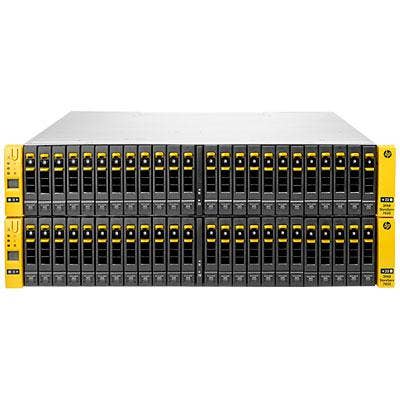
HP: Flash-Optimized 3PAR Array
Hewlett-Packard in June unveiled the HP 3PAR StoreServ 7450, its first all-flash storage array optimized specifically for flash technology. While HP last year released an all-SSD option for its 3PAR P10000 storage array, that model was not optimized for flash technology from the ground-up.
The new HP 3PAR StoreServ 7450 fits into a common HP storage architecture but features a new hardware-accelerated controller along with technology to optimize the latency, flushing and caching of the flash media to provide over 550,000 IOs per second with under 0.7-millisecond response time. The 7450 also includes hardware-accelerated thin provisioning and deduplication to cut capacity by up to 50 percent without impacting performance, and it features a quad-controller architecture for disaster recovery and resiliency purposes, he said.
It also supports data-at-rest encryption, snapshots and rapid recovery in Microsoft Hyper-V environments, as well as the OpenStack Cinder block storage protocol.
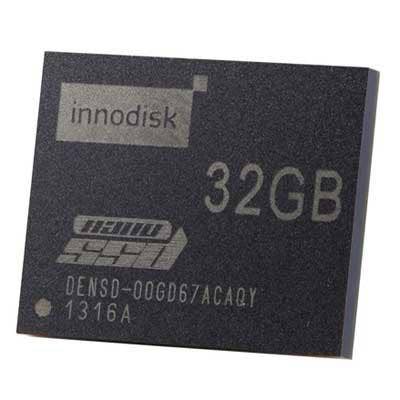
Innodisk: Industrial Embedded SATA SSD
Innodisk, a Taiwan-based developer of industrial-embedded flash and DRAM storage technologies for commercial and industrial applications, in June unveiled what it called the world's first industrial embedded SATA SSD.
The device, dubbed the nanoSSD, can be incorporated into a wide variety of applications where a small form-factor and high transfer rates are important, including industrial mobile devices, embedded systems, tablet PCs, high-end smart phones, and Ultrabooks.
The nanoSSD measures just 16 x 20 x 2 mm and weighs only 1.5 grams. However, it features SATA III support along with read speeds of 480 MB per second and write speeds of 175 MB per second. Capacities range from 4 GB to 64 GB.
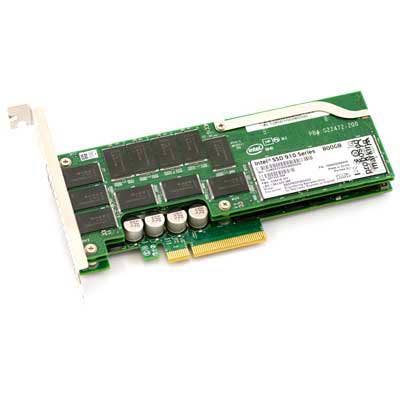
Intel: Pairs Caching Software With SSDs
Intel in February started offering the SSD caching software it got with last year's acquisition of Nevex together with Intel SSDs as a caching solution for both Microsoft Windows and Linux environments.
The software, Intel CAS 2.0, increases application performance above other caching technologies customers employ on their application servers, including taking advantage of cache built into the CPU and using free server memory as a local cache.
However, rather than duplicate what existing server cache memory is doing, the software takes over existing cache to put the "white-hot" data in DRAM and other hot data on an SSD to form a two-level cache.
Intel CAS 2.0 supports caching to non-volatile memory flash as well as VMware's VMotion and Microsoft Hyper-V's Live Migration while maintaining a hot cache.
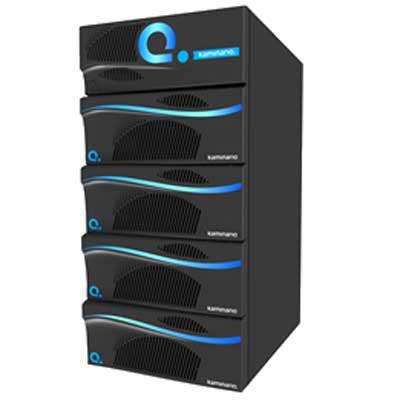
Kaminario: Fourth-generation Scale-Out Architecture Flash Array
Kaminario, a Newton, Mass.-based developer of scale-out flash storage technology, in April released its fourth-generation K2 all-flash storage array.
New to the Kaminario K2 v4 is 400 percent more read/write bandwidth than previous versions, with low latency of about 120 microseconds for data writes. The array also provides a 500-percent density increase over previous versions at half the price.
Also new are non-disruptive upgrades, guaranteed performance under any failure with minimal impact, hot-swappable SAS drives, and new high-performance snapshots. The arrays also support virtual desktop infrastructures (VDI), OpenStack cloud computing, and RESTful APIs, along with a choice of iSCSI and Fibre Channel connections.
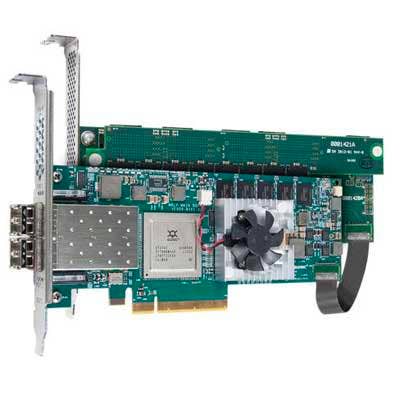
QLogic: FabricCache Targets Easy Performance Boost
QLogic in March unveiled the QLogic FabricCache 10000 adapter, a flash-based caching SAN adapter targeted at pooling flash storage from multiple servers. The QLogic FabricCache 10000 adapter is aimed at adding performance to applications that can benefit from high-speed flash storage but increasingly do not run on a single server.
Typical PCIe flash cache in servers add performance, but may suffer from a need for additional software drivers and from the fact that applications want to run across multiple servers. The QLogic FabricCache 10000 overcomes that limit by combining a standard Fibre Channel adapter with SLC flash memory and QLogic's FabricCache software to combine the cache from multiple adapters over a Fibre Channel network into a pool. The first iteration of the QLogic FabricCache 10000 adapter is based on a standard 8-Gbps Fibre Channel, and a version based on 10-Gbps iSCSI is expected to be released this year.
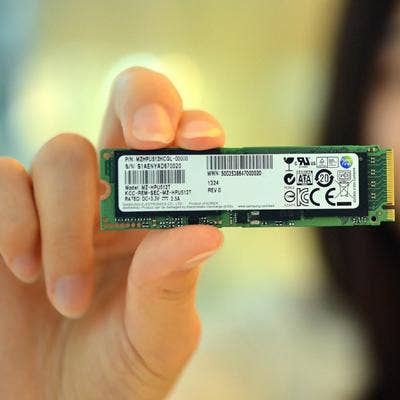
Samsung: Industry's First PCIe SSD For Ultra-slim Notebook PCs
Samsung Electronics in June said it started mass production of the industry's first PCIe SSD for next-generation ultra-slim notebook PCs, with capacity points of 128, 256 and 512 GB.
The new Samsung XP941 enables a sequential read performance of 1,400 MBs per second, which allows the drive to read 500 GB of data or about 100 high-definition movies in six minutes.
The XP941 comes in the new M.2 form factor (80mm x 22mm), and weighs about six grams. The company said the device's small size leaves room in a notebook PC for a larger battery.
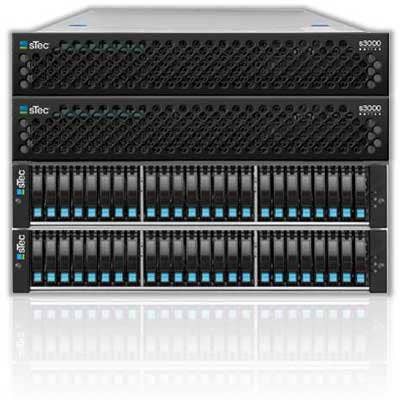
sTec: Intros All-SSD Storage Appliance With Windows Storage Server 2012
sTec, which is in the process of being acquired by Western Digital, in June unveiled an all-SSD appliance based on industry-standard components and Microsoft's Windows Storage Server 2012 operating system.
The sTec s3000 storage appliance targets such high-performance applications as transitional databases, server virtualization, the cloud, virtual desktop infrastructure, business intelligence and high-performance computing.
The sTec s3000 comes in a minimum high-availability configuration of two storage heads and two storage shelves, but it scales to up to eight nodes.
Each head includes two 8-core Intel Xeon E5-2680 processors, 128 GB of memory, dual-mirrored boot drives, four Gbit Ethernet ports and up to six 10-GbE ports. Each shelf includes eight to 48 SSDs for a total capacity of up to 96 TB of SSD storage per node.
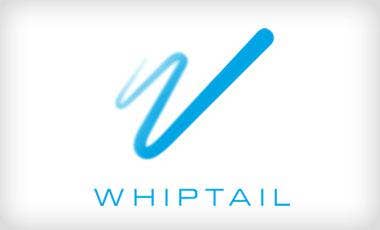
Whiptail: Flash-based Arrays For SMBs
Whippany, N.J.-based Whiptail in June unveiled its WT-1100 flash storage-based arrays for SMBs and the branch offices of larger companies.
The WT-1100 features up to 4 TB of SanDisk SSD capacity, 100,000 IOPS performance, and a latency of under 0.1ms, all in a 1U chassis. The company is targeting the array at applications including virtual desktop infrastructure (VDI), email and databases. It is scheduled to ship this quarter.